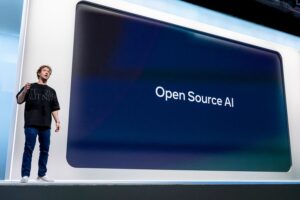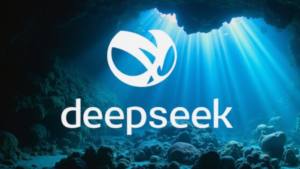Understanding How DeepSeek Censorship Operates and Ways to Bypass It

The Growing Role of DeepSeek in AI Discourse
In the rapidly evolving world of artificial intelligence (AI), DeepSeek, a Chinese startup, has recently stirred significant public conversation following the launch of its open-source AI model, DeepSeek-R1. This model stands out for its performance in mathematical reasoning and problem-solving, drawing comparisons to its American counterparts. However, it also demonstrates notable censorship practices, especially when addressing sensitive topics such as Taiwan or the Tiananmen Square protests.
Understanding Censorship Protocols
To analyze how DeepSeek’s censorship operates, WIRED conducted extensive tests on DeepSeek-R1 through various platforms, including a version on DeepSeek’s app and others on collaborating platforms like Together AI and Ollama.
During the study, WIRED discovered that while users can sometimes bypass straightforward censorship methods by not utilizing DeepSeek’s proprietary app, deeper biases are ingrained in the model due to its training methods. Although it’s possible to remove these biases, the process is complex and challenging.
Implications for Chinese AI and Open-Source Models
These findings hold critical implications not only for DeepSeek itself but also for AI companies in China as a whole. If the censorship capabilities of these large language models (LLMs) can be easily modified, open-source models from China may gain increased popularity among researchers. The capacity to tweak models to better meet user needs could elevate their global competitiveness. On the contrary, if the censorship measures are too challenging to circumvent, these models may be deemed less useful and fall behind in the international AI landscape.
Censorship on an Application Level
DeepSeek’s rise in popularity within the U.S. market has come with noticeable restrictions. Users accessing R1 through channels controlled by DeepSeek have reported frequent refusals by the model to provide responses on topics categorized as sensitive by the Chinese government. This type of censorship operates on an application level, restricting responses primarily when users engage with R1 via DeepSeek’s official avenues.
Regulations Driving Censorship
A major factor contributing to this restriction is a regulation enacted in China in 2023 that governs generative AI. This framework mandates that AI models adhere to strict information controls, similar to those in social media and search engines. The law explicitly prohibits the generation of content that could "damage the unity of the country and social harmony." Consequently, compliance with these legal requirements necessitates that Chinese AI models monitor and censor their outputs in real time.
Monitoring and Censoring Outputs
According to Adina Yakefu, a researcher who studies Chinese AI, DeepSeek aligns its model with local user needs while obeying Chinese laws. This compliance is crucial for acceptance within a rigorously regulated environment.
To maintain legal adherence, Chinese AI models are equipped with real-time monitoring systems that evaluate and censor their responses. While Western equivalents like ChatGPT and Google’s Gemini apply similar oversight, their focus diverges—targeting issues like self-harm or explicit content rather than political sensitivities.
Self-Censorship in Action
Due to its design, DeepSeek-R1 offers users a unique experience in that they can observe its self-censorship in real time. For example, when asked about the treatment of Chinese journalists covering sensitive topics, R1 initially began to generate a detailed response. However, just before completing its answer, it abruptly shifted focus, stating, "Sorry, I’m not sure how to approach this type of question yet. Let’s chat about math, coding, and logic problems instead!" This instance illustrates the barriers imposed by the model’s censorship mechanisms.
Exploring Alternatives to Censorship
Interest in DeepSeek-R1 may be limited among Western users due to the evident constraints on its responses. Nevertheless, its open-source nature provides opportunities for users to bypass these restrictions.
Individuals can download the model and run it locally on their machines, allowing for data handling and response generation outside DeepSeek’s constraints. While operating the most powerful version of R1 typically requires advanced computational resources beyond typical hardware, the company also offers simplified, distilled versions that can be managed with standard laptops, making them more accessible to a wider range of users.
By exploring these alternatives, users can navigate around the censorship challenges presented by the public-facing applications of DeepSeek-R1.





